Archives
- 2025-12
- 2025-11
- 2025-10
- 2025-09
- 2025-03
- 2025-02
- 2025-01
- 2024-12
- 2024-11
- 2024-10
- 2024-09
- 2024-08
- 2024-07
- 2024-06
- 2024-05
- 2024-04
- 2024-03
- 2024-02
- 2024-01
- 2023-12
- 2023-11
- 2023-10
- 2023-09
- 2023-08
- 2023-07
- 2023-06
- 2023-05
- 2023-04
- 2023-03
- 2023-02
- 2023-01
- 2022-12
- 2022-11
- 2022-10
- 2022-09
- 2022-08
- 2022-07
- 2022-06
- 2022-05
- 2022-04
- 2022-03
- 2022-02
- 2022-01
- 2021-12
- 2021-11
- 2021-10
- 2021-09
- 2021-08
- 2021-07
- 2021-06
- 2021-05
- 2021-04
- 2021-03
- 2021-02
- 2021-01
- 2020-12
- 2020-11
- 2020-10
- 2020-09
- 2020-08
- 2020-07
- 2020-06
- 2020-05
- 2020-04
- 2020-03
- 2020-02
- 2020-01
- 2019-12
- 2019-11
- 2019-10
- 2019-09
- 2019-08
- 2019-07
- 2018-07
-
As the angular structure of compound cannot be
2021-03-08
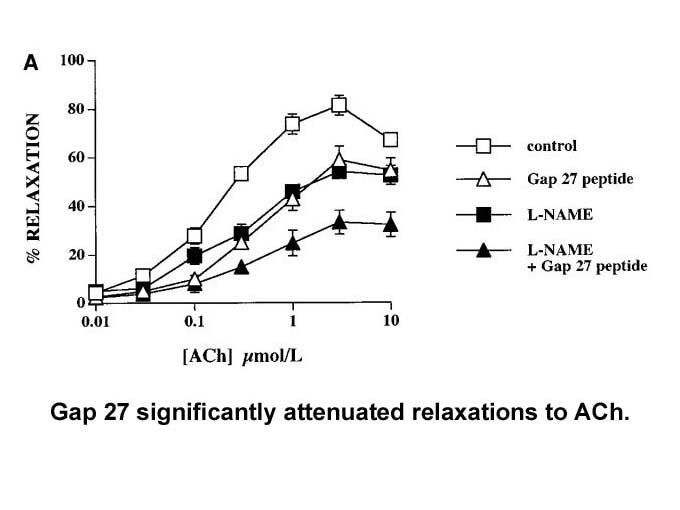
As the angular structure of compound cannot be differentiated from the linear structure by H NMR spectroscopy, a NOESY NMR experiment was performed to unambiguously characterize the regioselectivity of the final compound. In the linear compound , a signature correlation between the proton of the t
-
BAY 61-3606 One possible explanation for differences in
2021-03-08
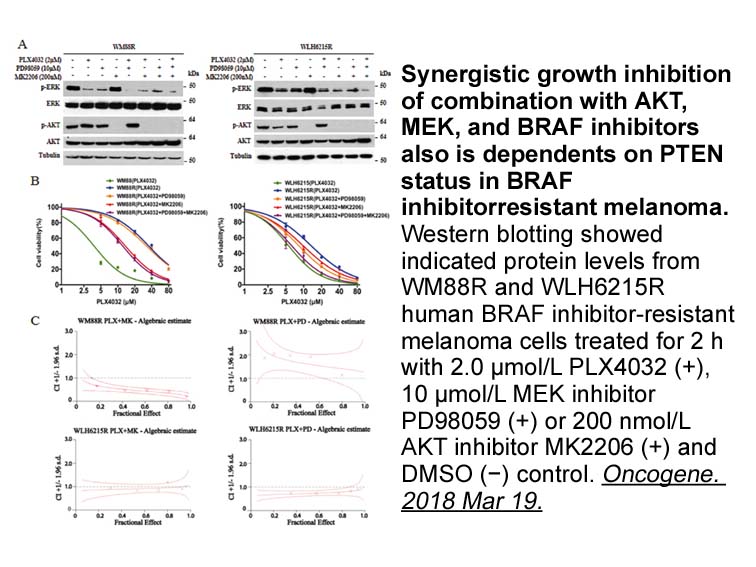
One possible explanation for differences in the binding ability of monomeric versus dimeric forms of DDR2 ECD to collagen could be that the monomeric form only binds to the primary GVMGFO site, whereas dimeric (and oligomeric) DDR2 ECD binds to additional sites on the collagen triple-helical molecul
-
Collagen compaction and alignment are generated by cell medi
2021-03-08
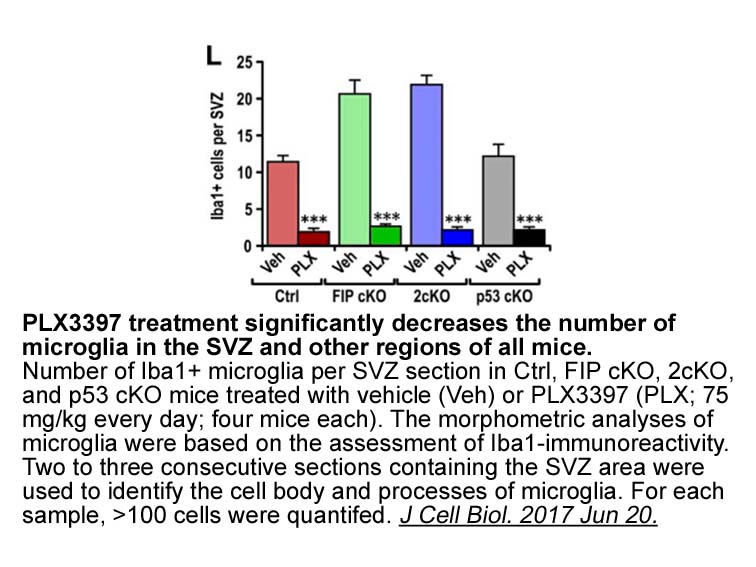
Collagen compaction and alignment are generated by cell-mediated contractile forces (Stopak and Harris, 1982). The transmission of actomyosin forces to collagen has been mainly attributed to integrins and the activation of the Rho-ROCK pathway (Clark et al., 2007, Kural and Billiar, 2013, Provenzano
-
STAT5 Inhibitor Nuclear export mediated by CRM is initiated
2021-03-08
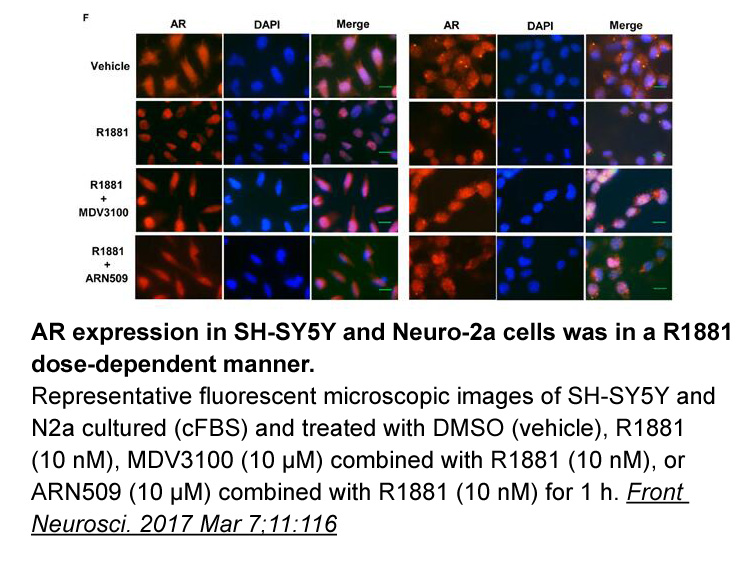
Nuclear export mediated by CRM1 is initiated by an interaction between RanGTP and the HEAT9 loop of CRM1, triggering a conformational change in the NES binding site that permits NES–cargo protein binding (Dong et al., 2009, Fung and Chook, 2014). Our docking simulation results predicted that DP2392
-
Introduction Numerous professional governmental and media
2021-03-08
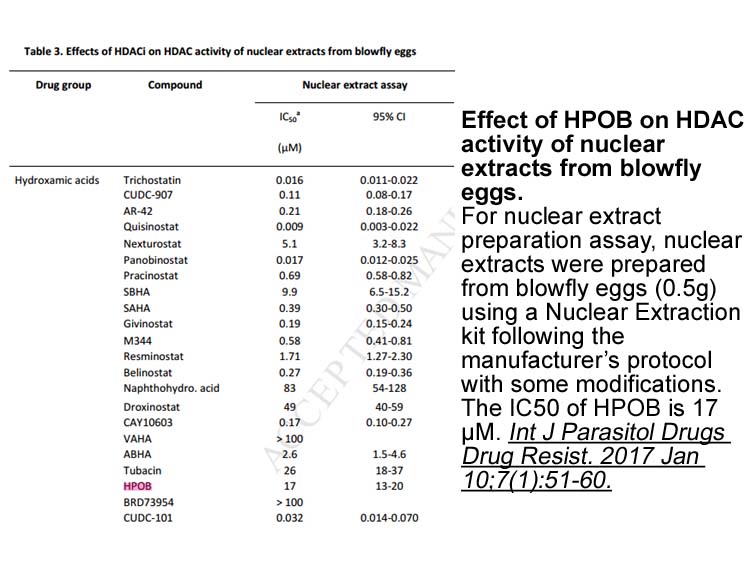
Introduction Numerous professional, governmental, and media sources report a strong demand for and even a scarcity of new entrants to the fields of professional accounting and auditing. Furthermore, reports emphasize expectations of continuing high demand in the future (AICPA, 2015, Manpower Group,
-
Furthermore haplotypes formed by rs
2021-03-08
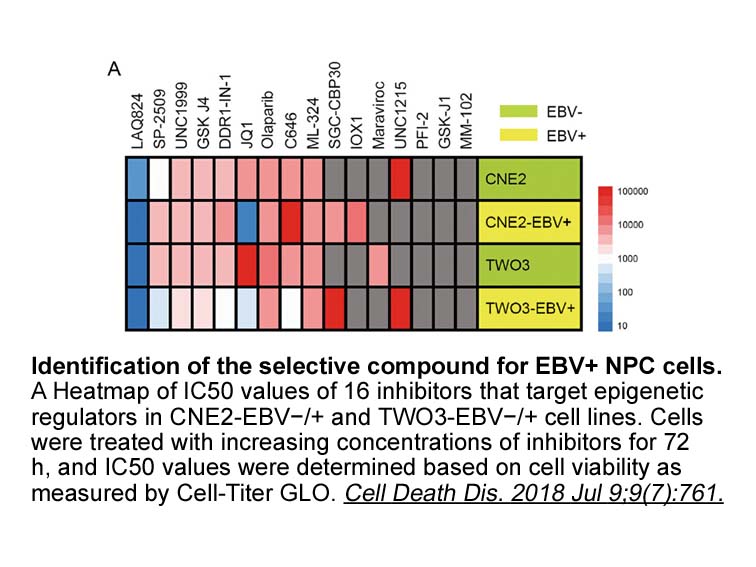
Furthermore, haplotypes formed by rs6269, rs4633, rs4818, and rs4680 of the COMT gene constitute a central COMT locus haploblock that is associated with the enzymatic activity of COMT [8]. The SNPs rs6269 and rs4818, which are located in the central COMT locus haploblock, have been observed to be as
-
Then the mechanisms responsible for BPA induced up regulatio
2021-03-08
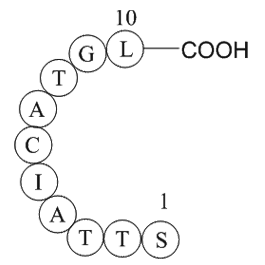
Then the mechanisms responsible for BPA induced up regulation of ERRγ were further investigated. Recent studies indicated that Akt and MPAK can modulate the protein levels and transcriptional activities of ERRγ (Heckler et al., 2014, Sun et al., 2014). Previous studies also indicated that BPA can ac
-
br Roles of ERR in
2021-03-08
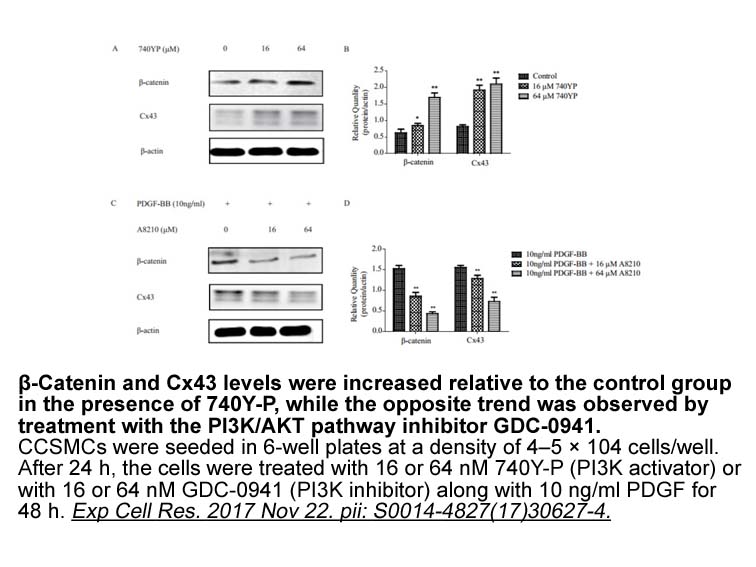
Roles of ERRγ in Physiology and Disease Concluding Remarks and Future Perspectives Over the last decade, the generation of tissue-specific ERRγ transgenic or knockout mice and the use of synthetic ligands have rapidly advanced our understanding of the roles of ERRγ in cellular functions, altho
-
In addition to the blockade of
2021-03-05

In addition to the blockade of airway smooth muscle contractions, CysLT1 receptor antagonists also exerted a potent anti-inflammatory effect at this level. The oral administration of MEN91507, Pranlukast, Montelukast, and Zafirlukast also produced a long-lasting inhibition of leukotriene D4-induced
-
One common method to replace the
2021-03-05
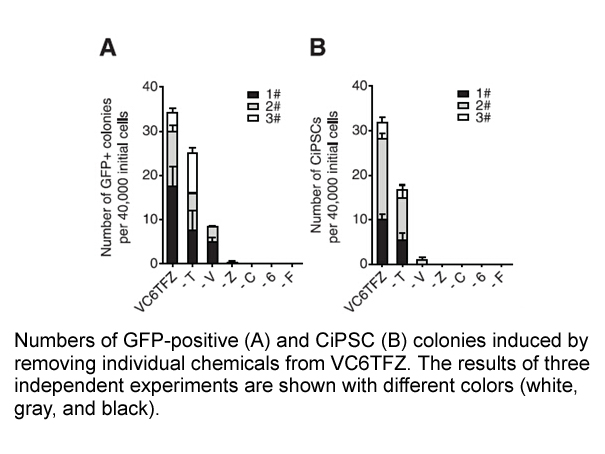
One common method to replace the wet limestone process is the use of an amine-based solution as an absorbent to capture SO2. However, almost all of the common amine-based absorbents are highly volatile compounds, whose emissions are air pollutants themselves. Therefore, it is desirable to either use
-
To estimate the nonparametric regression we
2021-03-05
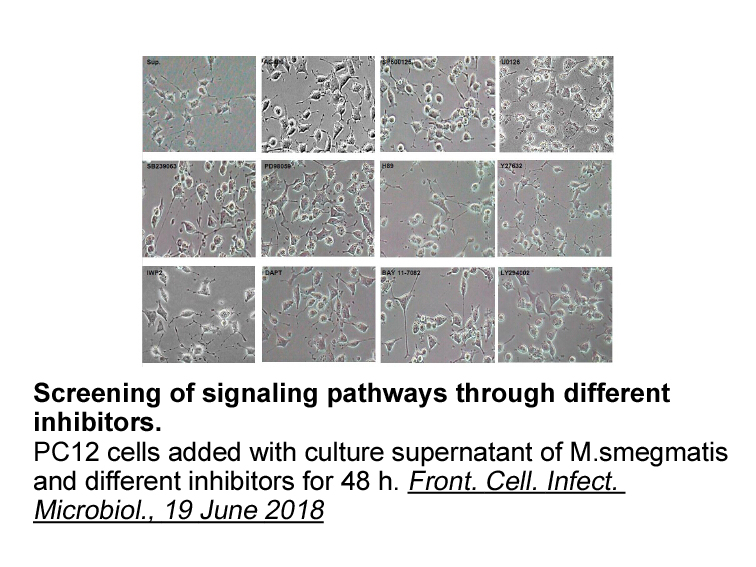
To estimate the nonparametric regression, we use a B-spline basis. Let be the space of polynomial splines of degree and denote a normalized B-spline basis with and , where is the supremum norm. For any and , we have for some coefficients . Here we allow to increase with and differ for different beca
-
br Materials and methods br Results br Discussion This study
2021-03-05
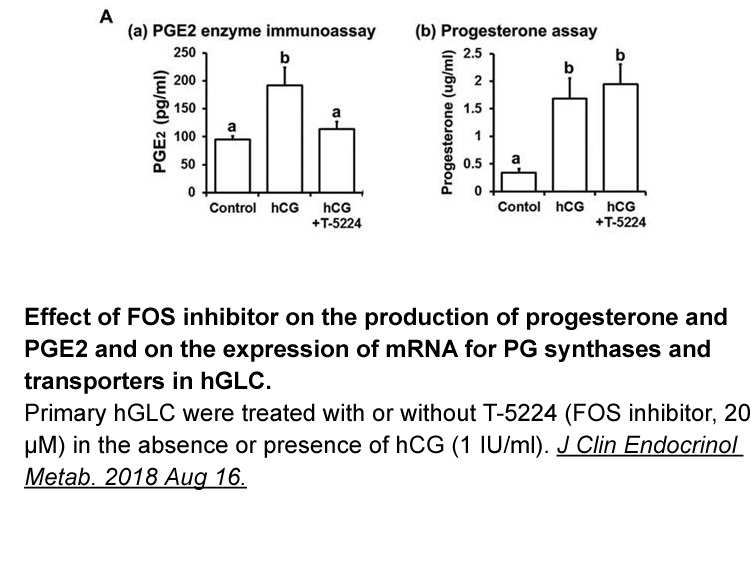
Materials and methods Results Discussion This study demonstrates that various progestogens combined with E2 had different effects on breast cell growth. These effects had an inverse correlation with the changes of the PRA/PRB ratio. E2's antiapoptotic effects on MCF-7 tranylcypromine may be
-
In the horse oviduct the EP receptor
2021-03-05
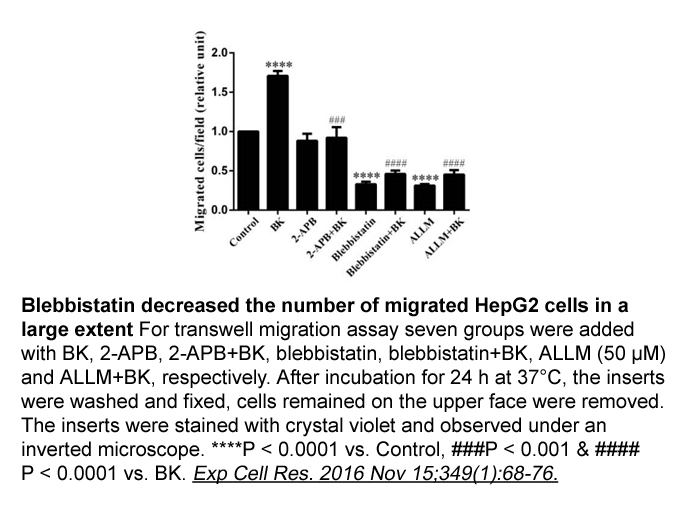
In the horse oviduct, the EP2 receptor was most strongly expressed in epithelial GSK 2837808A particularly in nonciliated (secretory) epithelial cells as evidenced by IHC. Furthermore, relative amount of EP2 mRNA was greater in the ampulla than in the isthmus, although this likely reflects differen
-
Even more unambiguous was the relative contribution of Gq
2021-03-05
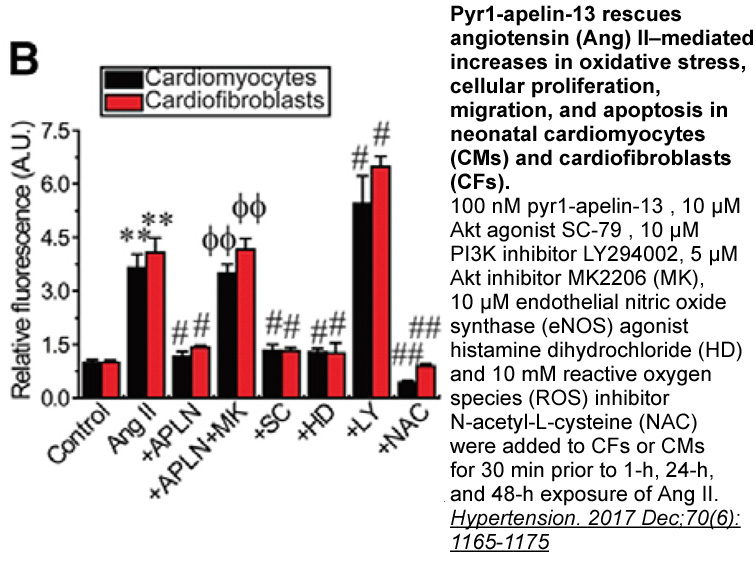
Even more unambiguous was the relative contribution of Gq/11 signaling in AngII-mediated transactivation as measured by the ERK1/2 and the BRET-based readout. Although Gq/11 was absolutely required for ERK1/2 phosphorylation following AngII-stimulation, in contrast, we observed a sustained EGFR-Grb2
-
We also identified Ubc as
2021-03-05

We also identified Ubc13 as a functional E2 for LNX1 and determined the complex structure of LNX1–Ubc13~Ub, which depicts the first step of the ubiquitination process (Fig. 3a.). Comparing structural alignment of the RNF4 RING: Ubc13~Ub: Ube2V2 complex (PDB code 5AIU) [33] and the RNF4:Ubc13~Ub comp
15150 records 716/1010 page Previous Next First page 上5页 716717718719720 下5页 Last page